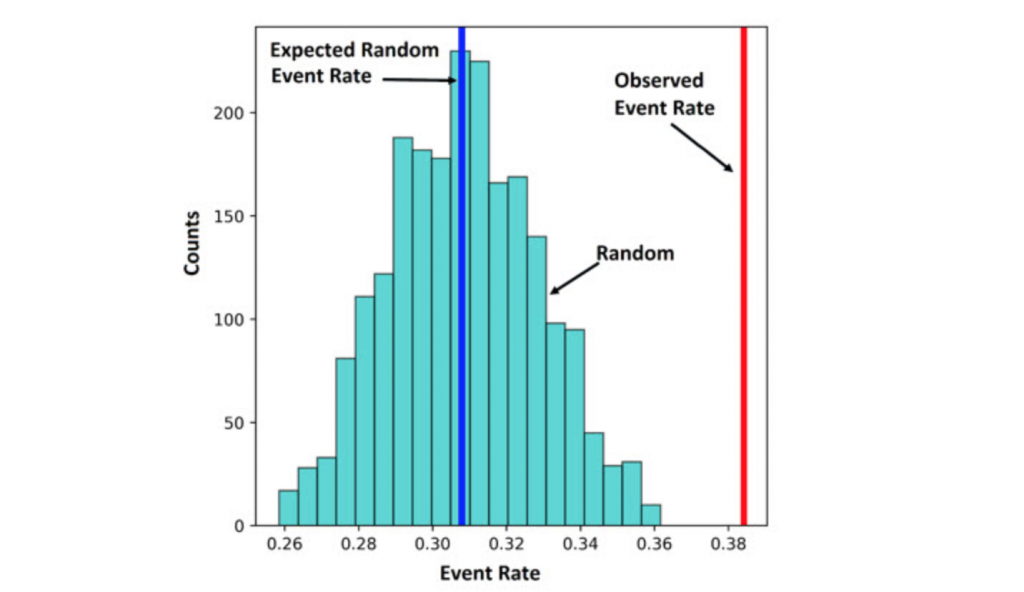
Bloomberg News uses more than 500 algorithms to analyze datasets, giving the company an edge in predicting stock-related breaking news. (Source: Bloomberg News white paper)
Pandemic Accelerates AI Use to Shore Up Newsroom Functions
From algorithms that compile news briefs to ones that identify fake news, the spread of AI into an industry that’s been shedding jobs for decades due to new technologies could have an even deeper impact on the future of journalism.
According to a report by analysticsinsight.net, the “invasion” of AI into journalism doesn’t mean computer programs will replace journalists—yet. After all, publications will still need humans to report the news. AI lacks the ability to ask cogent questions and make inferences. However, it does mean some jobs will become more automated and less dependent on human intervention.
For instance, algorithms work well in analyzing datasets and sending alerts. Bloomberg News, for instance, has more than 500 templates that automatically generate business news from analytics data. A white paper by the Bloomberg Quant Research team on its systems sheds light on how the aI robots are often ahead of human analysts when it comes to trends, making Bloomberg News able to create stories before Wall Street analysts do.
“The results reveal that automated stories have been ahead of major announcements by companies across a diverse set of industries. In particular, corporate actions such as M&A follow certain combinations of automated stories far more often than would be expected in a random sampling. For example, when signals on insider buying, implied volatility and active bond trading are published close together, they precede M&A announcements 16.7% of the time, more than triple the expected rate. Analyzing the dynamics across a range of news sources, there is also evidence that so-called ‘social velocity’ and ‘news heat’ can carry a fairly strong signal.”
Since an estimated 2 quintillion bytes of data are generated by people every day, it takes AI to sift through the data and divine the differences and errors.
Other AI uses include the Associated Press employing algorithms to write two to six paragraphs on sports scores and quarterly earnings reports. The Washington Post uses it to track elections results in Switzerland and Olympic results. Tracking down plagiarism in articles submitted to publications has become a much easier task, too, thanks to algorithms, which can match identical texts. The technology is also identifying fake news for news agencies. Fakebox can determine with 95% accuracy if something is real news. It can be integrated into browsers and used in an API.
The story estimates that about 10-12% of journalism jobs will be impacted by AI for the foreseeable future, but as natural language processing improves, all bets are off.
read more at analyticsinsight.net







Leave A Comment